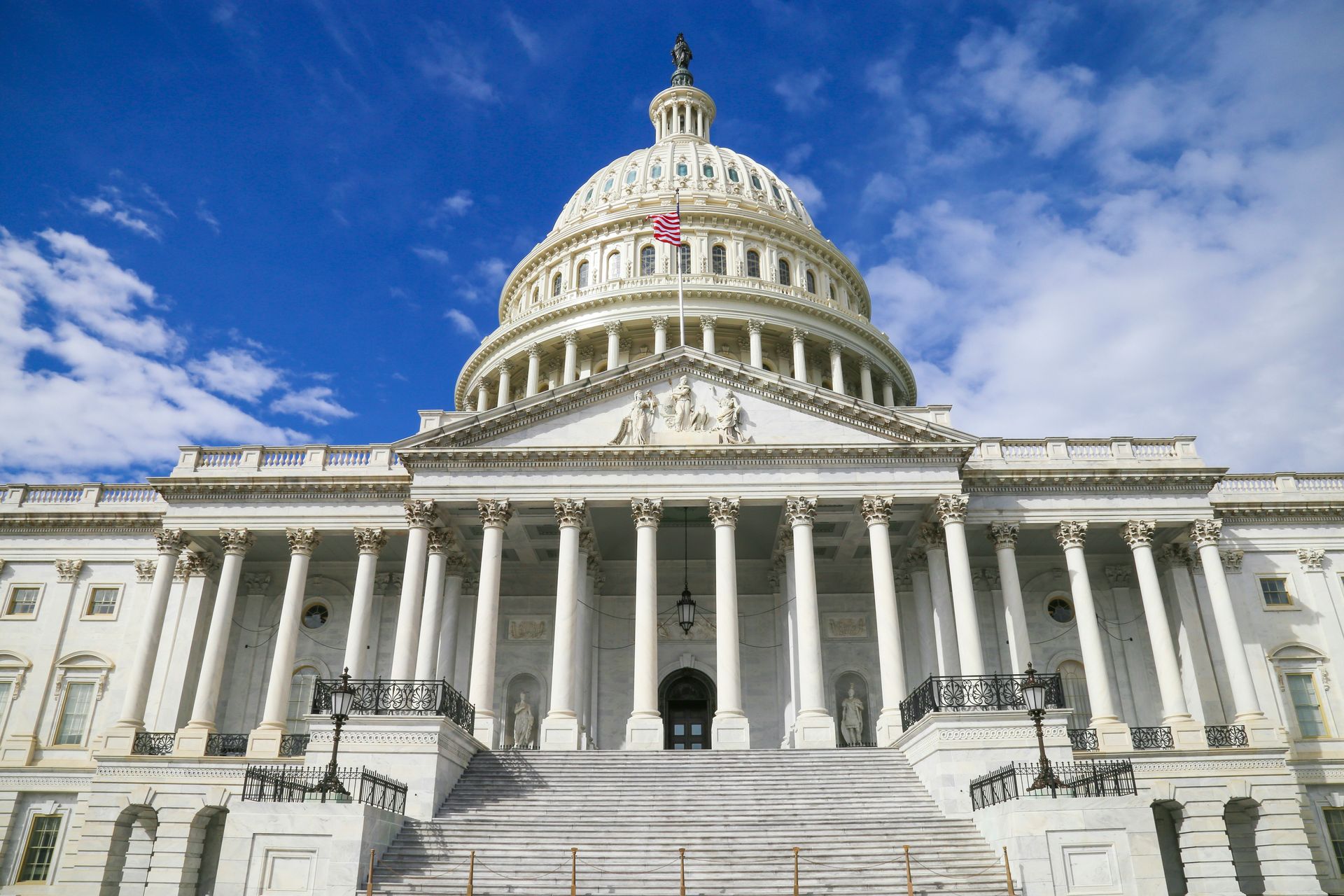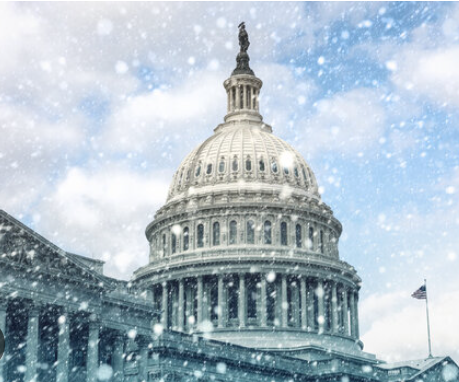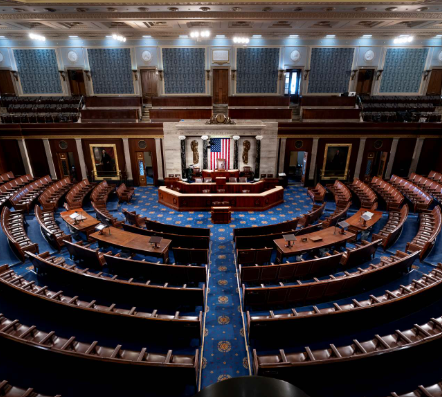Blog Layout
Predicting What a Post-Coronavirus Workforce Will Look Like

Not surprisingly, over the past year, I have been routinely asked for my thoughts on the future of work once we "move past" the coronavirus. While I don't have a definitive answer, I have some pieces of workforce development that I know will factor in any planning that I would do if I controlled the universe. I've also been reaching out to people in other systems to ask their thoughts about what uplifts and what worries them. Here are some thoughts I've been working through as we look forward to a "post-coronavirus" workforce:
The workforce was struggling before the pandemic
Before COVID-19, more than 30 million people had skill levels in literacy or math (or both) that limited their opportunity to either professionally advance or find stable work. We also knew, pre-coronavirus that the transition to automation will not stop—it may slow down but it will not stop. This meant that workers would be presented with challenges in the labor market. Unfortunately, we also took manufacturing out of the cities and moved it to suburban office & business parks, where we built housing, but did not build light rails or expand bus services so that people could hold their current manufacturing job or accept work there. As cars became more essential, the money went toward building more and more highways, but the labor market did not receive the same level of investment. Further exacerbating this problem is that suburbs competed with cities for tax revenue, job growth, educational excellence, Federal support for infrastructure, education, housing and more.
The pandemic shuttered thousands of businesses and ended millions of jobs—some permanently
Thousands of businesses have closed because of the pandemic and, while there is no doubt we have spirited entrepreneurs who will help us rebuild the small business community, millions of U.S. workers have no employer to go back to. We must utilize the data available to better understand gaps in digital illiteracy, labor force participation, and how we can re-skill the large numbers of women and people of color who were forced to leave the workforce due to the pandemic.
We need Congress to appropriate enough money to achieve the levels of skill development we need and to fund those moving toward the path of automation. The challenges, both of job loss and job growth for automation, are here now and we have the data and the expertise to anticipate where and when. But workforce development remains woefully underfunded.
Where we can be hopeful
While I do not believe the federal government can solve all problems, I do believe that good federal policy and strong relationships can allow those communities who want to address workforce issues the opportunity to do so. For example:
- We can work toward removing barriers in federal grant programs by requiring multiple agency review panels so that economic development and workforce development grants get reviewed from both perspectives.
- We can recognize that the incumbent worker–young or more mature–needs physical and financial access to skilling/re-skilling programs and identify pathways toward accomplishing this goal.
- We can educate agencies to understand that job creation is not one-dimensional. We must ensure job creation also includes the individual's ability to achieve self-sufficiency in wages, access and enrollment in childcare and early education programs, transportation, and affordable/adequate housing.
Building back better is more than infrastructure or adding jobs. It's building back communities–which includes ALL pieces of the community. Workforce development professionals and economic development professionals have a unique opportunity and responsibility to collaborate more than ever before, and local elected officials need to utilize this expertise equally, allowing both to be a part of decision-making in the nearly $25 billion local governments spend annually on advancing economic sustainability in their area. NAWB is calling on Congress to appropriate $90 billion and recognize the need for solutions to be governed locally; NAWB believes strongly in local business-led workforce development boards whose membership also includes leadership from local government, education, labor and the community.
The challenge is we face is not simply erasing a skills gap, it is in how we choose to respect ourselves and our neighbors by supporting funding and resources for workforce development. If we can overcome this challenge, we can be the America we think we are.
NOTE: NAWB is encouraged to see the scope of the Biden Administration’s American Jobs Plan and will continue to encourage Congress to keep in mind the pieces that make communities whole, all pieces that should receive consideration in the final legislation.
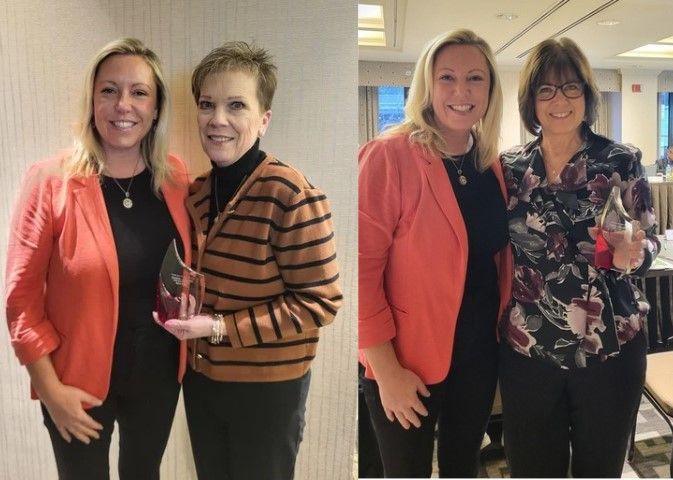
By Stacy Heit
•
January 17, 2025
January 17, 2025 -- The National Association of Workforce Boards (NAWB) today announced that two members of its Board of Directors, Kathy Jewett and Debra Giordano have stepped down from their roles for personal reasons. Al Searles, a member of the board’s executive committee, has been elected to the Vice Chair position vacated by Jewett during the board’s most recent meeting. “On behalf of the NAWB team, I extend my gratitude to both Kathy and Deb for their valuable contributions and commitment during their tenure on the Board,” said President and CEO, Brad Turner-Little. “Their leadership and dedication have played an integral role in shaping our growth and I appreciate their guidance during a time of transformation for the organization.” “As Board Chair, I want to extend my deepest gratitude to Kathy for her exceptional leadership and dedication as a board director over the past six years and most recently as vice chair,” said NAWB Board Chair, Lisanne McNew. “Her vision and commitment have been pivotal in advancing NAWB’s mission and strengthening workforce boards nationwide. As Al steps into the role of Vice Chair, I am confident his expertise and passion will guide us forward, building on Kathy’s legacy and driving continued innovation and impact in workforce development.” She added, “Deb’s expertise and dedication to workforce development have been invaluable to our industry. Her thoughtful leadership and contributions have left a lasting impact on workforce boards and the communities they serve. We are deeply grateful for all she has done for our board.”
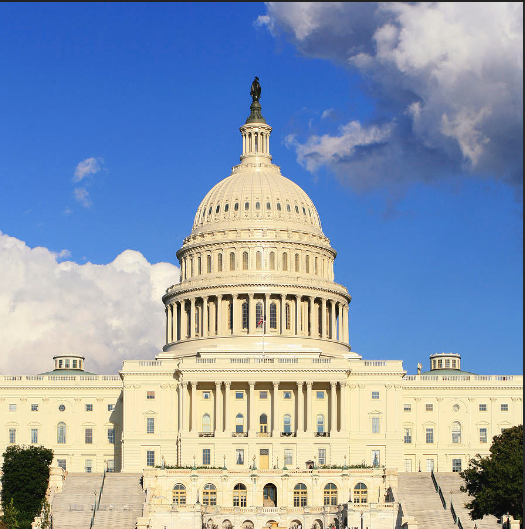
By Brad Turner-Little
•
December 3, 2024
December 3, 2024 -- NAWB President and CEO, Brad Turner-Little , made the following statement in response to the Congressional committee leadership's bipartisan, bicameral agreement to reauthorize the Workforce Innovation and Opportunity Act (WIOA). The new bill, which we provided an initial summary of, is currently being considered on a fast-track procedure in the Senate. "Since WIOA’s reauthorization in 2014, workforce development boards (WDBs) have sought to meet the evolving needs of employers, jobseekers, and the local communities that they serve. It is laudable that lawmakers have reached consensus on legislation to make significant updates to the nation’s public workforce development system, including improvements that recognize the vital role that WDBs play in strengthening local economies. Since the initial release of a new bicameral and bipartisan WIOA reauthorization agreement last week, A Stronger Workforce for America Act (ASWA), the National Association of Workforce Boards (NAWB) has spent time analyzing this proposal and engaging with our members to understand how the bill would affect ongoing operations, service delivery, and the ability of WDBs to serve jobseekers and employers alike throughout the nation. Through these discussions, it has become clear that there are aspects of this legislation that conform with NAWB’s vision for the future of the public workforce system, while there are other significant components of this agreement that will be challenging to implement at best and could undermine WBDs’ ability to meet their mission. ASWA would renew the law for five more years, sending a powerful signal that the public workforce system authorized by this legislation is critical to wider efforts in preparing and sustaining the skilled workforce needed for America’s wider success. NAWB is pleased to note that many of the organization’s recommendations have been incorporated into this legislation. These include clarifying local WDBs’ authority over local budgets; increased flexibilities to serve incumbent workers; improvements to cost-sharing requirements for one-stop centers, including flexibilities for the sharing and pooling of these resources; increased professional development opportunities for local staff; allowing for marketing and outreach efforts on behalf of the system; allowing WDBs to serve as one-stop operators when meeting certain conditions; a new emphasis on skills-based hiring; and dramatic improvements to data collection and subsequent reporting to make the public workforce system more transparent and responsive to the needs of workers and employers. While NAWB appreciates these and other aspects of the agreement, the legislation unfortunately continues to advance provisions that our organization does not support, including a new systemwide mandate for training and an overly prescriptive work experience requirement for youth funding which we believe runs counter to local autonomy and flexibility. While we appreciate the agreement’s recognition of the important role supportive services play in the success of worker skills development, we continue to call on Congress to ensure that any new requirements reflect the realities facing the populations WIOA is structured to prioritize. NAWB’s members have made clear that increased state-level set-asides will mean fewer resources will be available to local WDBs to implement these and other aspects of this legislation with fidelity. In conjunction with the proposed local workforce area redesignation provisions, NAWB’s members have also made clear that there is a strong potential that aspects of the public workforce system will need to close, staff laid off, and business services significantly curtailed under these new operating constraints. Taken together, we remain deeply concerned that these aspects of the agreement will make it more difficult for the public workforce development system to serve jobseekers and employers alike moving forward. We are grateful to have heard from so many of our members who provided thoughtful and meaningful perspectives as part of NAWB’s analysis of this legislation. They are the true experts, working every day with local community partners, elected officials, businesses, and jobseekers. We recognize the extremely challenging environment that workforce boards will be in whether this bill is enacted during the final days of the 118th Congress or if current law remains in place for the time being. In either scenario, NAWB remains committed to working closely with the incoming administration and new Congress to ensure that the public workforce development system is responsive to the needs of workers, learners, and businesses, and can fulfill the significant workforce development needs of our nation now and in the future. This will certainly be among our top priorities during Workforce Advocacy Day , scheduled for April 1-2 , 2025 in Washington, DC. NAWB members need to share their expertise with members of Congress to ensure that the workforce system has the necessary resources to serve their local communities.” Learn more about NAWB's work on WIOA.
National Association of Workforce Boards | All Rights Reserved |
Created by Olive + Ash.
Managed by Olive Street Design.


